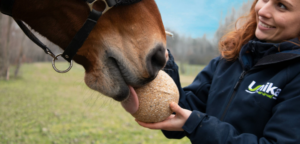
UNIKA BALLS: THE SUPPLEMENT THAT COMBINES FUN AND WELL-BEING
If you have ever walked through the stables or along…
Feed and products in 25kg bags excluded
Bank transfer | Paypal | Credit cards

Some advice to better face the colder months together with our horses.
The magic of winter riding together with our horse friends? Sometimes it is easier said than done… Needless to say that winter for those of us who are “horse addicted”, from an equestrian point of view, is a somewhat complicated season. We often live it with concern and more than often we are confronted with the classic question that every year hammers our thoughts: shall we use or not use the horse blanket? Shall we use more than one? Shall we place our horse in the paddock? How to correctly take care of the hooves? And who more has of it puts some…
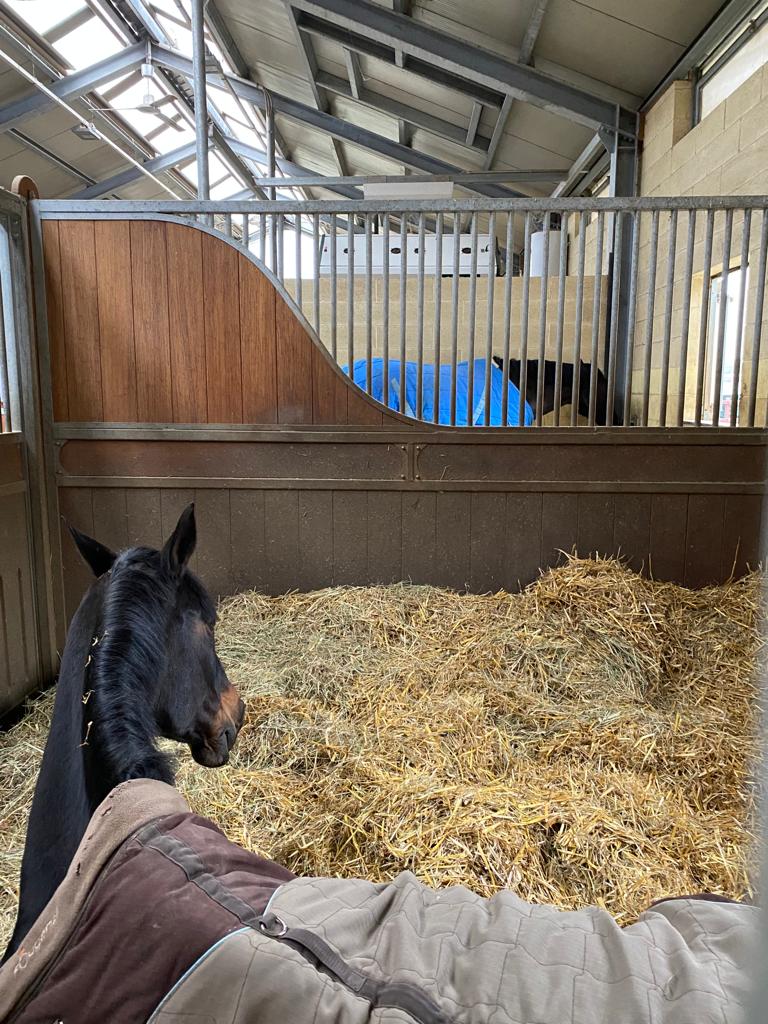
Let’s start from the blankets: on this topic endless debates have been opened. Blanket yes, blanket, no? For our part we can say: be careful not to exaggerate. Horses do not suffer from the cold like us humans, but if for the most varied reasons you cannot do without it, we advise you to carefully choose the product that best suits your horse, the type of life they lead (box or paddock) keeping in mind that unfortunately you cannot take it off when it is hot and if they should sweat. Sometimes the health of a covered horse and “poorly managed” runs more risks than one left with its long, natural hair, without a blanket
Paddock yes, paddock, no? Many horses live healthy and happy 365 days a year in paddock. For those stable and less accustomed to the paddock, even in winter, can also be a good habit and a healthy leisure if managed with caution. Horses like the crisp air so let’s not worry too much about temperatures, it will be enough to pay attention to the terrain especially if icy or slippery, putting them out only in the warmest hours.
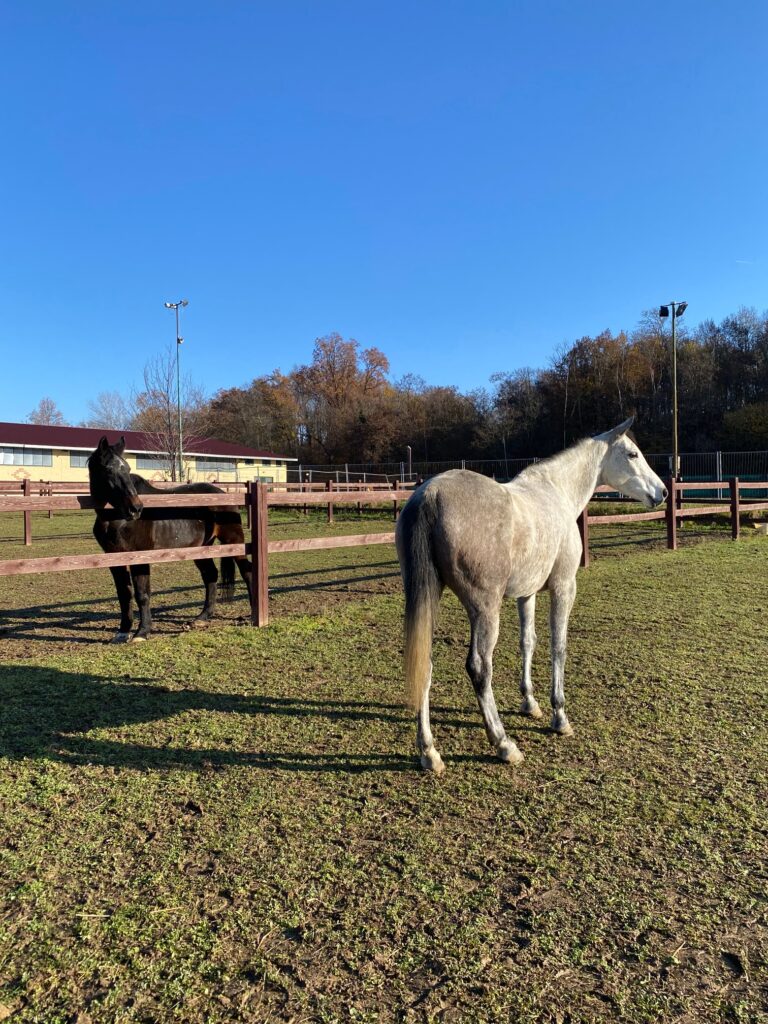
Hoof care, how to protect them from moisture? Without excessive use, you can use fat even in winter. It is important however to apply it on dry feet before work and especially before the horse is paddocked. There are various types (green, yellow and black) that help safeguard the physiological conditions of the hoof and help it withstand external agents, which can possibly compromise its integrity.
Another long-standing question: the resumption of work. Whether you love walking and trekking or racing in any discipline (show jumping, dressage, endurance, complete etc…) in both cases it is very likely that in winter you will give a period of rest or “light” work to your horse, waiting for the good season. So how and when to resume training?
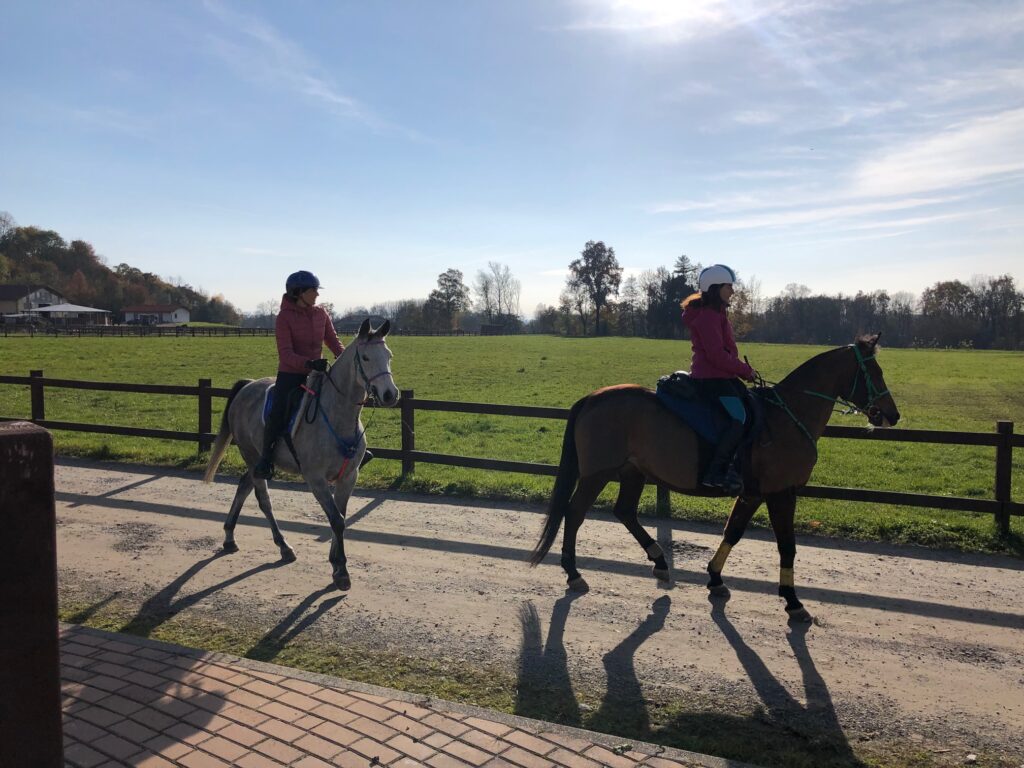
As always there is no universal recipe, there are many variables that make every situation and every horse unique, however you can be inspired in the correct and daily winter management of your horse using first of all common sense. His race and age, the type of competitive activity he performs throughout the year, his average recovery times are some important indicators to keep in mind when resuming work.
Let’s provide some examples. If at the end of the racing season the horse has been left to rest in the paddock, for 1-2 months, without being mounted (which can happen for example with endurance horses that are even barefoot in some cases) The resumption of work should be extremely gradual to allow the horse to regain its athletic condition so to be able to compete again. In other disciplines such as show jumping or dressage the stop is generally not as drastic as in the example above, the work in winter continues, but becomes “lighter”, and then intensifies again in view of the first races.
Every horse is a story in itself, what is certain and that applies to everyone, regardless of race and age is that you should never pass “from 0 to 100” in a short amount of time. After a period of rest, before asking for any kind of activity from our horse, whether it is a longer walk or a more complex exercise, we have to reflect a moment on his current physical condition.
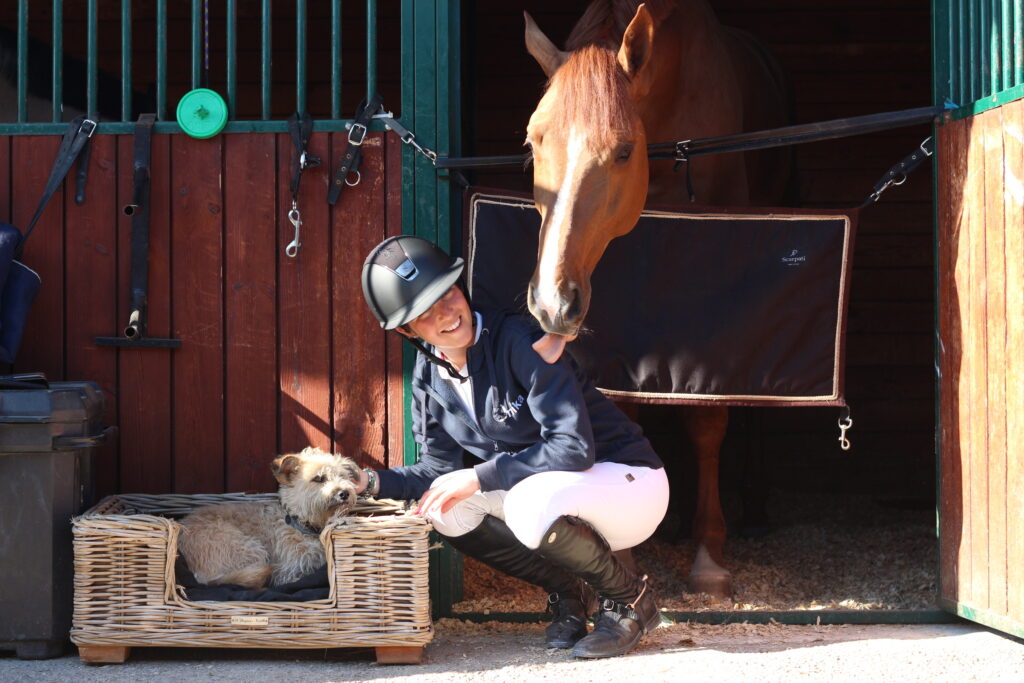
At Unika, we will never stop stressing how important it is to respect our four-legged friends to the maximum, in every moment of their life and in every situation. Moreover, from a strictly “veterinary” point of view, an accelerated and poorly managed return to work can easily lead to various physical and metabolic problems.
Pure rhetoric? Absolutely not! Remember to always respect the timing of your horse. On the market you will find a wide variety of complete and complementary feeds that can help you, but none of these can work wonders: the big difference can only be made by you and your behaviour towards your horse.

If you have ever walked through the stables or along…

Colic is one of the most common and delicate issues in horse care.

Thanks to its anti-inflammatory, anti-oedemigenous and pain-relieving properties, it is perfect for protecting horses’ osteoarticular well-being.

The use of clay dates back to very ancient times and even today it has not lost its fame as a natural remedy with a thousand uses.

The warm season is upon us and for many riders it is time to take the clipper in hand…

Here we are at our second meeting with our Unika Blog Naturopathy section. I am Sara Maiani, specialized in Natural Medicine, Clinical Phytotherapy and Naturopathy.